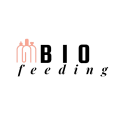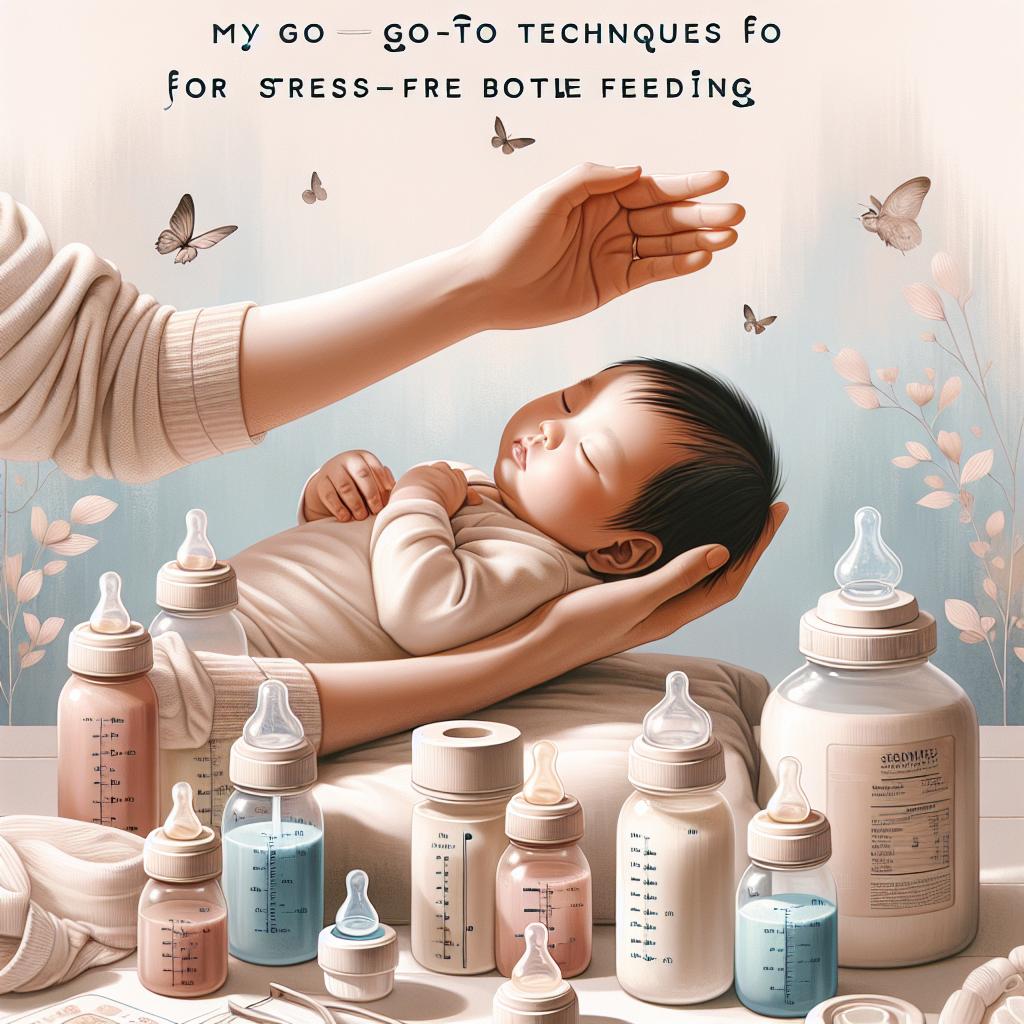A Comprehensive Guide on Bottle Feeding Techniques
Feeding a new-born can be a nerve-wracking experience, but with the right knowledge and skills, it can be a beautiful moment of bonding. This blog post will explore easy-to-follow techniques for bottle feeding that can make the process less stressful for both you and your baby.
Adopt the Right Position
The correct feeding position can make a significant difference in your baby’s comfort and prevent any choking. Always ensure the baby’s head is slightly elevated, resting comfortably in the crook of your arm. This position allows the baby to control the flow of the milk, reducing the likelihood of overeating and regurgitation. Want detailed instructions? Visit How to comfort baby during bottle feedings for more information.
Ensure the Bottle’s Nipple is the Right Size
Remember that not all bottle nipples are created equal. The size and flow rate should match your baby’s feeding style. If the milk flows too fast, it may result in choking, while a slow flow could lead to frustration and inadequate feeding. Adjust, experiment and observe the baby’s response to determine what’s perfect for them.
Don’t Forget to Burp Your Baby Frequently
Burping is critical after each feeding session. It helps release any air your baby may have swallowed, which can cause discomfort and even colic. Try burping your baby halfway through the feeding and again at the end. This preventative measure can save plenty of tears and sleepless nights.
Transitioning from Breastfeeding to Bottle Methods
- Introduce the bottle gradually: If your baby is used to breastfeeding, sudden changes can be overwhelming. Start by replacing one breastfeeding session with bottle-feeding and then gradually increase the number of bottle-feeding sessions.
- Patient persistence: It’s normal for babies to resist changes in their feeding methods. Don’t give up quickly if your baby rejects the bottle at first. Keep trying until they get used to it. It’s all part of the transition process.
- Practice paced feeding: This technique slows down the feeding process, making it more similar to breastfeeding and easier for your baby to adjust.
Learn more about the transition process in 5 mistakes I made transitioning to bottle feeding.
Bottle Feeding While Traveling
Traveling with a baby can induce its own set of challenges – especially when it comes to feeding. Read extensively on travel safety and traveling with baby tips to ensure you’re well-prepared. Remember, when you’re calm and confident, your infant is more likely to be at ease too.
Feeding a baby is not just about providing nutrition; it’s about bonding, conveying love, and establishing trust. Adopting these feeding techniques will equip you to make feeding an enjoyable experience. For a smoother transition to bottle feeding, refer to this link: The secrets to a smooth bottle transition.
Final Thoughts
Remember, these feeding techniques aren’t one-size-fits-all solutions. Observe your baby, understand their needs, and tailor your approach accordingly. Ultimately, your patience, love, and perseverance are the most essential ingredients for a successful and stress-free bottle-feeding journey.
The Importance of Bottle-Feeding Education
Knowledge is power, and this is also true when it comes to raising infants. Parents need to understand the intricacies of bottle feeding to help their babies thrive. A properly fed baby is a happy baby, which means more sleep for everyone and less overall stress in the household. It’s also important to learn the basics of bottle preparation and sterilization, keeping all feeding equipment clean and safe for your baby. To dive deeper into how to prepare and store infant formula, check this guide on babycenter.com.
Moving Back and Forth from Formula to Breastfeeding
Parents, especially working mothers, might need to switch from breastfeeding to formula feeding and vice versa. This transition can be tricky, but it’s achievable with the right skills and patience. A helpful resource that offers recommendations for a successful transition is a post by whattoexpect.com that explains the process in detail.
Tackling Travel Challenges with A Bottle-Fed Baby
- Prepare Ahead: This is a critical strategy when traveling. Ensure that you have pre-measured formula amounts and separate compartments for each feed minus the water. This method means you can easily mix a feed when it’s time.
- Hot Water: It can be difficult to find clean, safe, and hot water to prepare the formula. Consider carrying a thermos with boiled water and use when needed.
- Extra Supplies: Don’t forget to pack more than you think you’ll need, including extra bottles, formula and sterilizing tablets or bags. Traveling can sometimes be uncertain, so it’s better to be over-prepared.
For more tips about traveling with a baby, check this article on nanobebe.com.
Bottle Feeding at Night and Dealing with Sleep Deprivation
Losing sleep over a hungry baby is something many new parents experience. It can be quite a task to prepare a feed halfway through your own sleep. To make this easier, set up a bottle feeding station nearby. Use a bottle warmer to maintain the right formula temperature throughout the night.
Educate yourself on how to cope with sleep loss while caring for your baby. NHS offers a detailed guide on sleep and tiredness after having a baby
The Bonding Power of Bottle Feeding
Many breastfeeding advocates stress the bonding experience between mother and baby during feeding. However, this bonding experience isn’t exclusive to breastfeeding. In fact, bottle feeding can involve both parents, sharing the bond with the baby. This shared responsibility can also mean a little more rest for both parents.
In conclusion, feeding infants doesn’t have to be a complicated endeavor fraught with worry and stress. With proper education and a sense of adaptability, this time can become one of the most rewarding aspects of early parenthood. Lastly, remember the importance of self-care – you can’t adequately care for your baby if you don’t care for yourself too.

